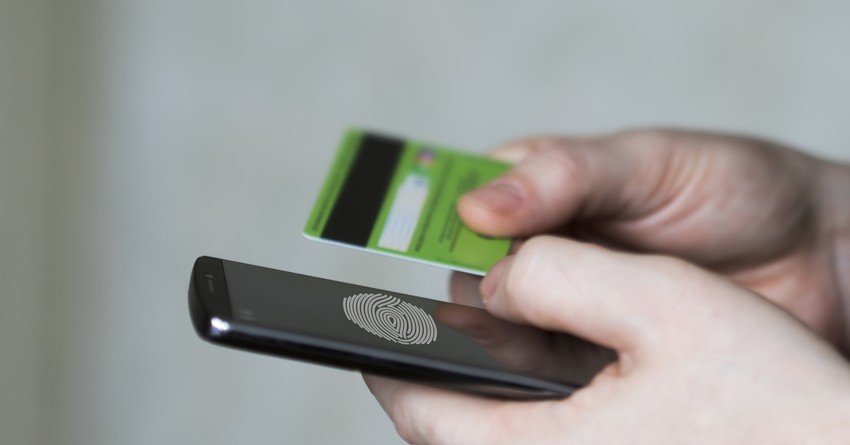
At a media event in Auckland yesterday, Visa unveiled its new direction. Visa is focusing on the obvious trends at the intersection of the technology, payment, and commerce industries: collaborative innovation, customer experience, and the internet of things (IoT). The crucial starting point for this innovation is opening up the technology to developers in their own local markets. That’s the collaborative part.
“We’re moving from a fairly closed albeit big ecosystem to more of an open platform – from an ecosystem that has a traditional number of partners in banks, big merchants, and governments, to an open one, where we need to engage more with the technology community,” said Marty Kerr, Visa country manager for New Zealand and South Pacific.
The ultimate goal is to stay as relevant as possible within the realm of the IoT with the idea being to seamlessly integrate commerce into daily life
Visa Checkout, the company’s first step towards improving the customer purchasing experience, follows the likes of PayPal with an “account’ setup. The service integrates with the merchants’ online shop and will hold a ‘tokenised’ copy of your financial data for an added layer of security. The next step for the service is to introduce biometric support to allow fingerprint reading to complete a purchase.
“Payments must keep pace with customer experience. They cannot be a hard part of commerce,” says Kerr. He says Visa aims to bridge both the physical and digital world.
Kerr pointed to services that are already removing pain points in the transaction process, like Open Table, which allows you to pay your bill via your phone at your table. Then there’s Disney’s RFID bands, which identify visitors, let them on rides, take payments, and give them access to their hotel rooms.
Visa’s role is to transform the commerce experience in these areas. And its open platform allows new participants to work around the edges of the Visa platform, creating capabilities that retailers will be able to use to create new customer experiences.
In April alone, 11 million contactless payments took place – 30 percent of the total payments in the period. On top of that, 76 percent of consumers interact with a brand or product digitally before going into a store. If these interactions, both in and out of store can be tailored to consumers and the pain points of the traditional methods of paying can be made more invisible, retailers and consumers are in for a much better experience.
Kerr says that further down the track, but very much in the conceivable future, Visa wants to provision both payWave and token technology into wearables and cars.




